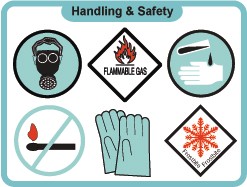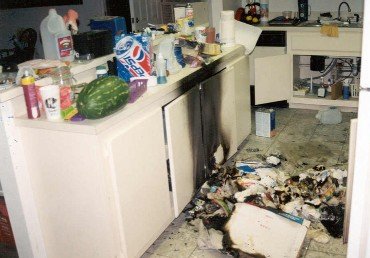
Clandestine Drug Labs
Technical Support Documents and Fact Sheets
The clandestine synthesis of methamphetamine (meth) and other illegal drugs is a growing public health and environmental concern. For every pound of meth synthesized there are six or more pounds of hazardous materials or chemicals produced. These are often left on the premises, dumped down local septic systems, or illegally dumped in backyards, open spaces, in ditches along roadways or down municipal sewer systems. In addition to concerns for peace officer safety and health, there is increasing concern about potential health impacts on the public and on unknowing inhabitants, including children and the elderly, who subsequently occupy dwellings where illegal drug labs have been located.
To address in part this growing environmental problem and the need for public health protection, OEHHA has developed two types of chemical-specific information documents. The first set, technical support documents (TSDs), are referenced, multi-page publications, which contain important health and safety data, exposure limits, and key information for recognizing chemicals used or produced during the manufacturing of methamphetamine. These documents will likely be most helpful to health and safety officers, industrial hygienists, or others interested in more detailed toxicological information. The second set, two-page fact sheets, contain much of the same information as the corresponding TSDs; however, the details are presented in a more succinct, graphical format. The fact sheets will be helpful to individuals, including the public, who want to be able to quickly recognize potential chemicals of concern found in illegal methamphetamine labs in order to avoid inadvertent exposures and resulting health impacts.

